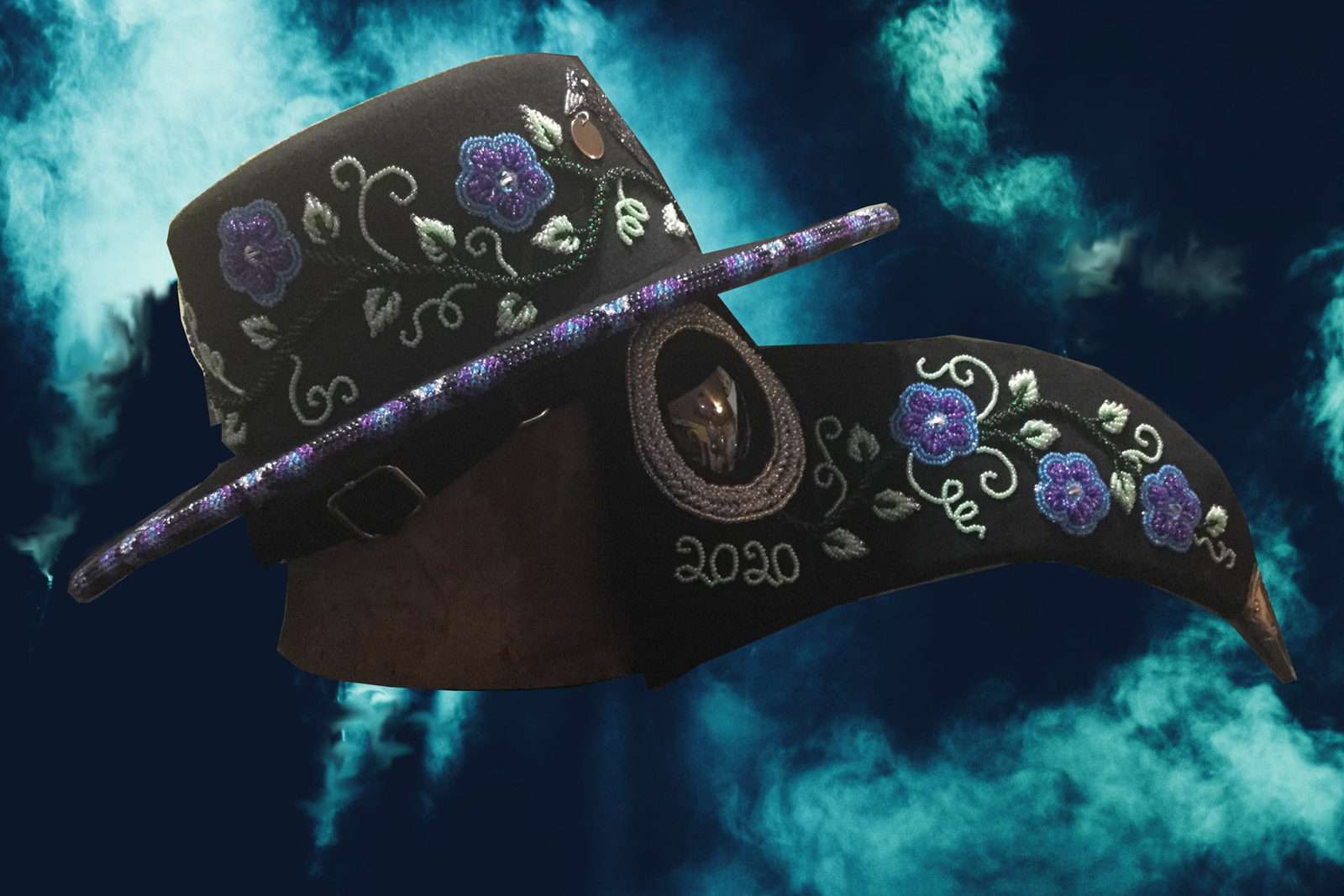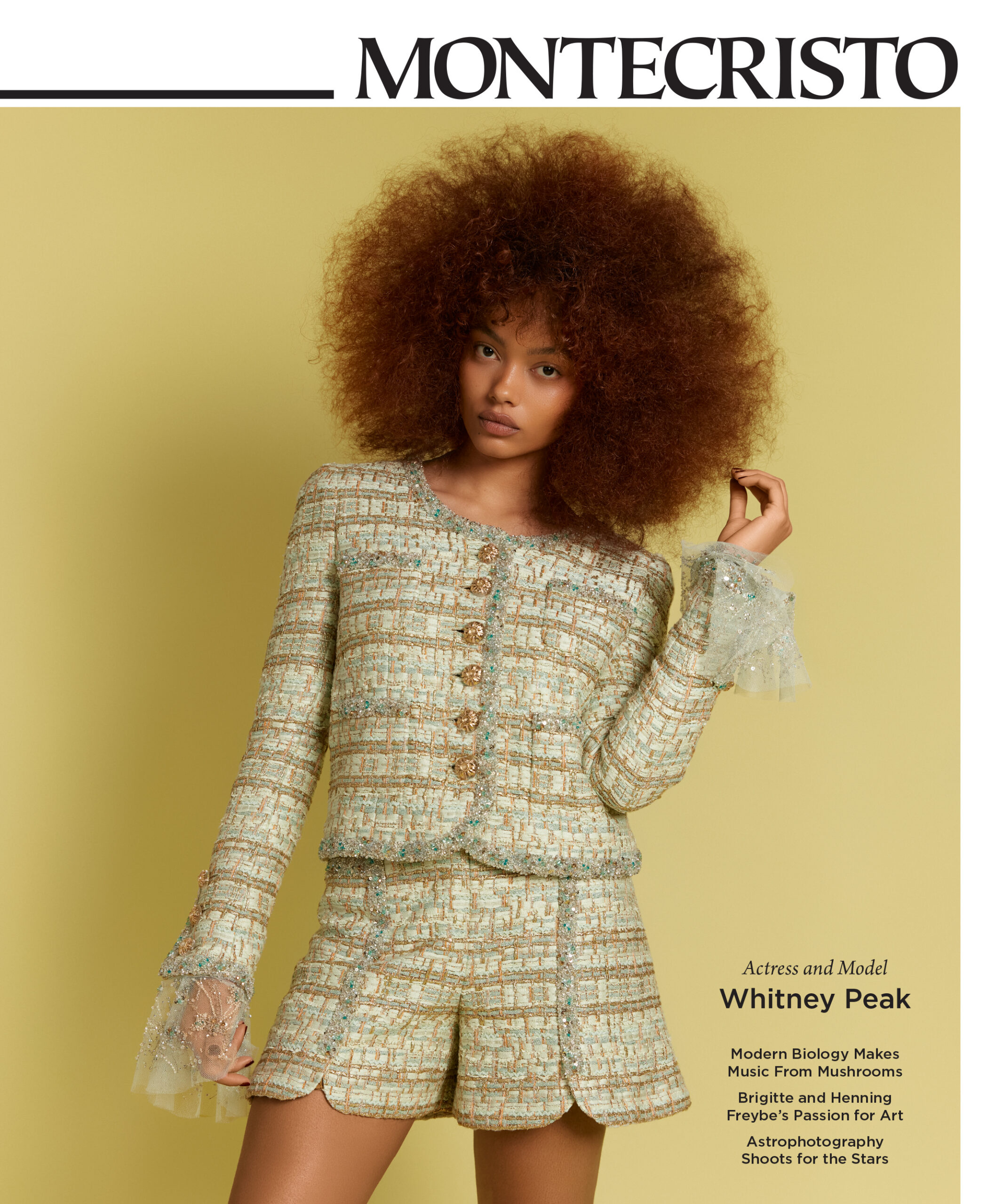Browsing through the virtual Isolation Museum is like walking along a deserted urban street. You might spot a grandmother gazing through a window at her grandchildren, masks dangling from a clothesline, or a sign warning park visitors to stay apart—by at least three Canadian geese. Created by an Ottawa student, this online crowd-sourced museum is documenting the current pandemic with submissions from the mundane to the imaginative.
When we look back at 2020 in 10, 20, even 50 years, how will we remember the year of the coronavirus? From major museums to quirky personal projects, Canadians have been chronicling life in the COVID-19 era.
At the start of the pandemic, Carleton University student Kit Chokly began reflecting on the idea of isolation and how people might share their responses to being apart from their normal lives. The result became The Isolation Museum, an online gallery of pandemic-related objects and images.
Since Chokly posted the first artifact in March, The Memory Clock that their sister made using a basketball hoop from their childhood home, submissions have arrived from across Canada and farther afield. Creations range from what Chokly calls “lots of weird things,” to Wendy Boucher’s whimsical collage Right and Wrong, illustrating proper mask-wearing techniques to Blake Williams’ sculpture Quarantine Countdown, marking the weeks in quarantine on toilet paper rolls.
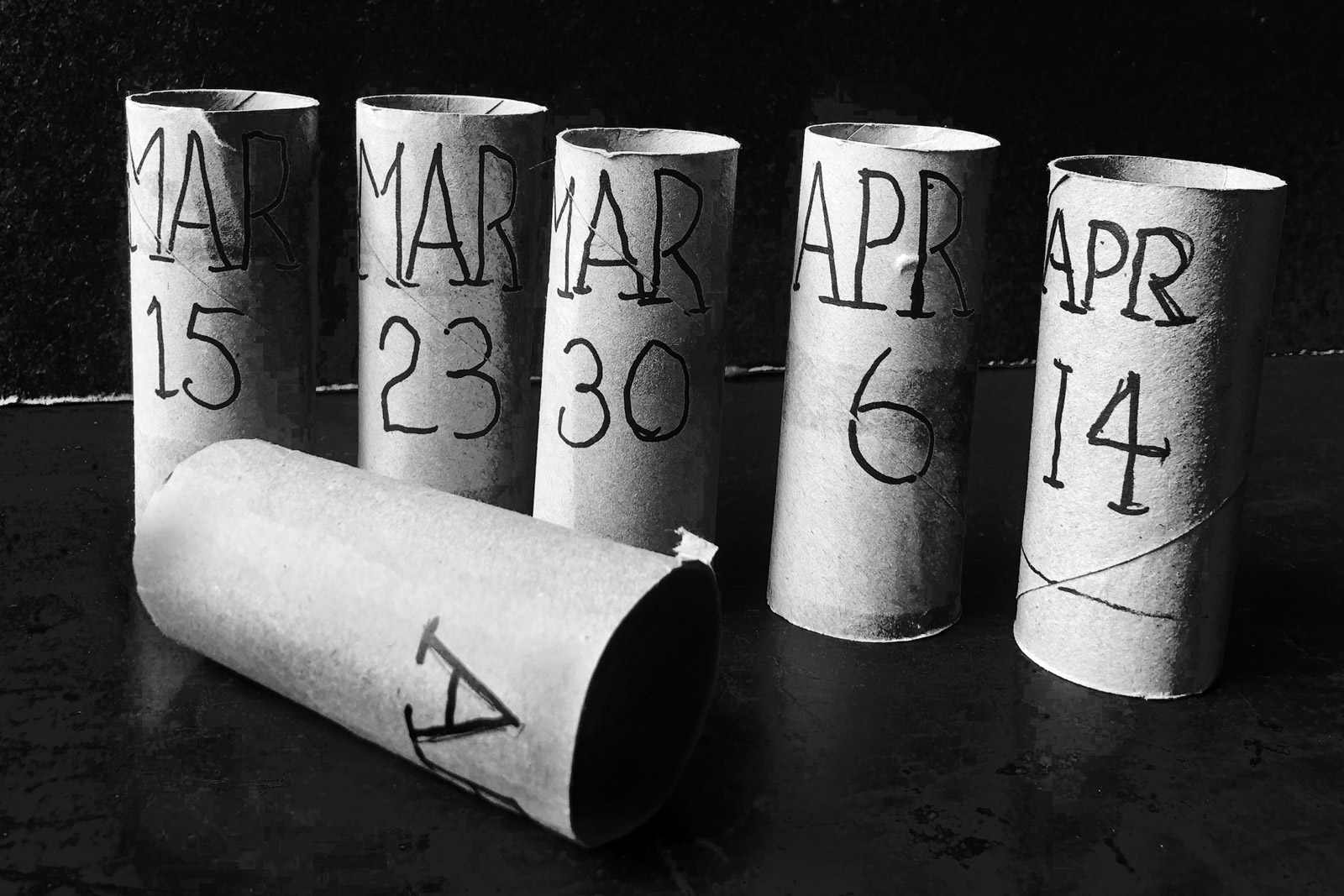
“Quarantine Countdown.” Image courtesy of the artist, Blake Williams.
“It’s important with this very strange time to archive it or remember it,” Chokly says, adding that offering people a way to connect when other social outlets became limited “definitely brought me a lot of joy.”
More conventional museums across Canada have also been soliciting submissions to document pandemic life. British Columbians have sent hundreds of stories and photos to the COVID-19 Collecting For Our Time project at Victoria’s Royal BC Museum. While planning for a future exhibition, the museum is already displaying a selection of these submissions online, including Vancouver artist Sigrid Albert’s sketch about distancing from her parents and Victoria transit driver Michael Harrison’s photo of an eerily empty bus.
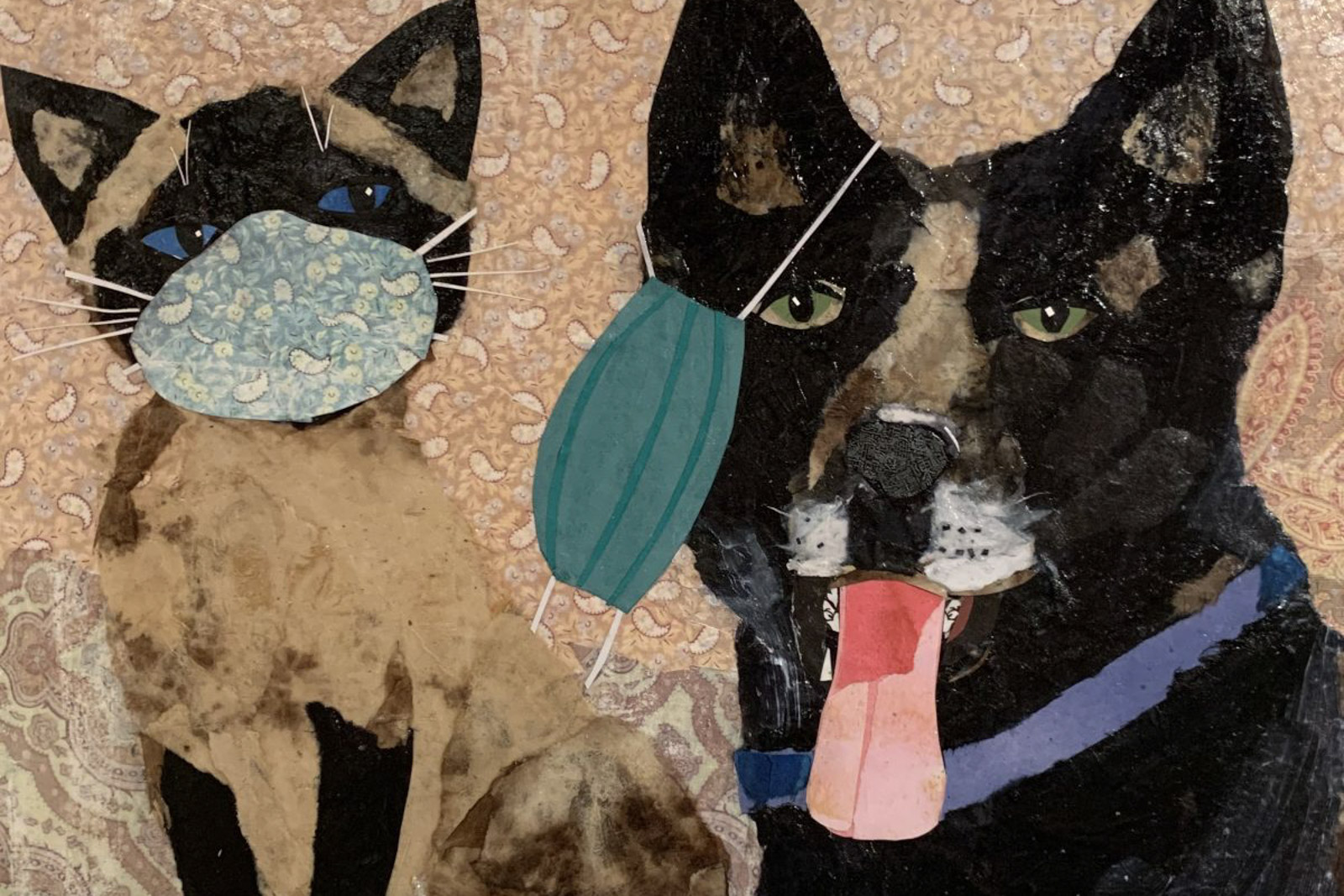
“Right and Wrong.” Image courtesy of the artist, Wendy Boucher.
Two Métis artists opted to send a different kind of message to 2020, when they launched Breathe.—a collection of traditionally crafted masks demonstrating resiliency through 21st century pandemic. Lisa Shepherd, who lives in in B.C., and Nathalie Bertin, from Ontario, began making masks, both as art and as symbols of Indigenous resilience.
Drawing on Métis beadwork traditions, they each crafted elaborate face coverings, then started a Facebook group where other mask artists could display their own work. Shepherd says they wanted both artists and viewers “to find some healing through the artwork” in the face of this pandemic, the latest of many plagues Indigenous communities have endured.
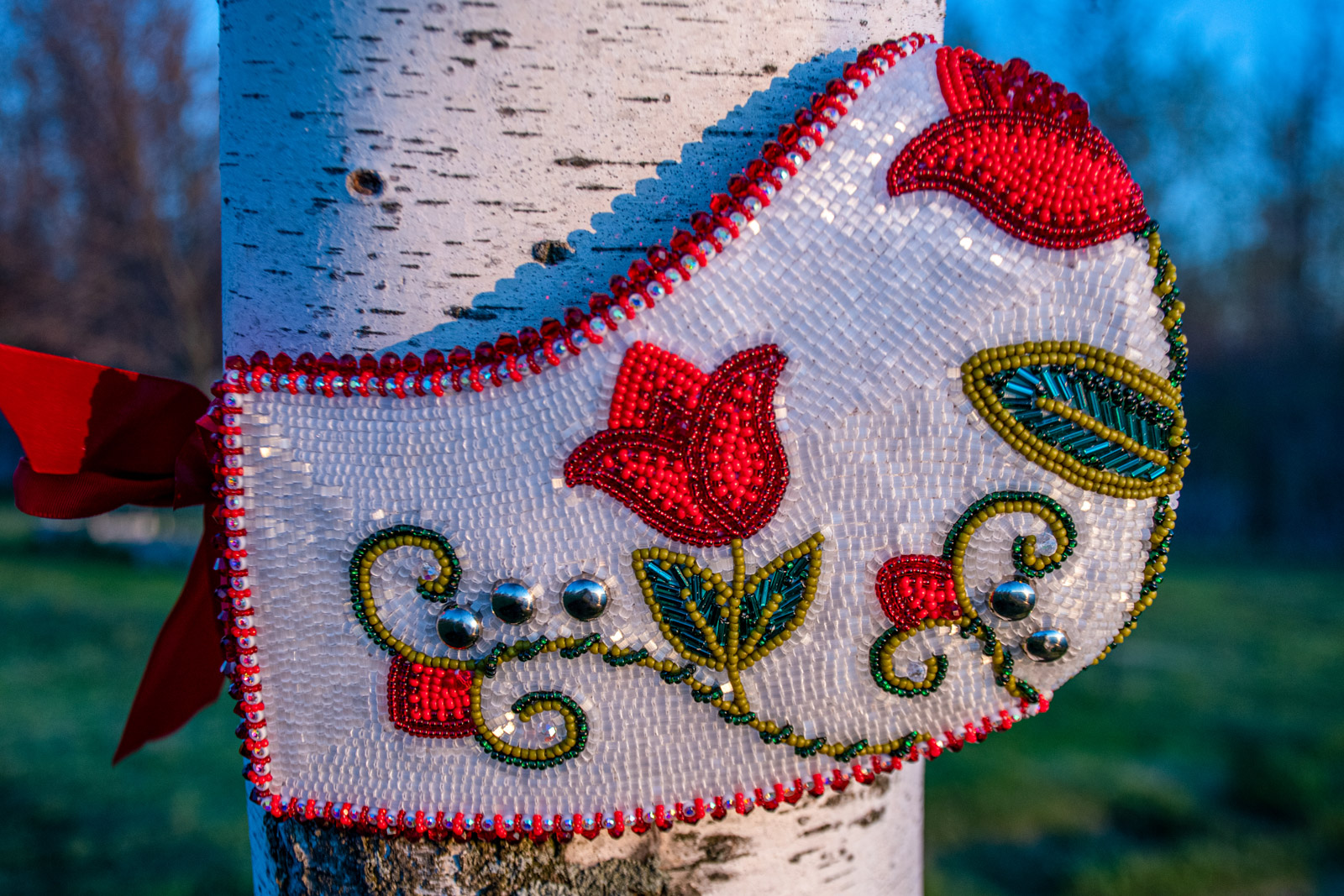
Mask by Tania Clute. Photo by Kyrie Ransom.
“We’re documenting artifacts from a specific period in human history,” Bertin explains, with hundreds of masks, submitted by artists from across Canada and around the globe, now on view on Breathe.’s Facebook page.
The project has since expanded beyond the virtual world to an exhibition at the Whyte Museum of the Canadian Rockies this fall. Plans for a “second wave” Canadian exhibit in 2021 are underway.
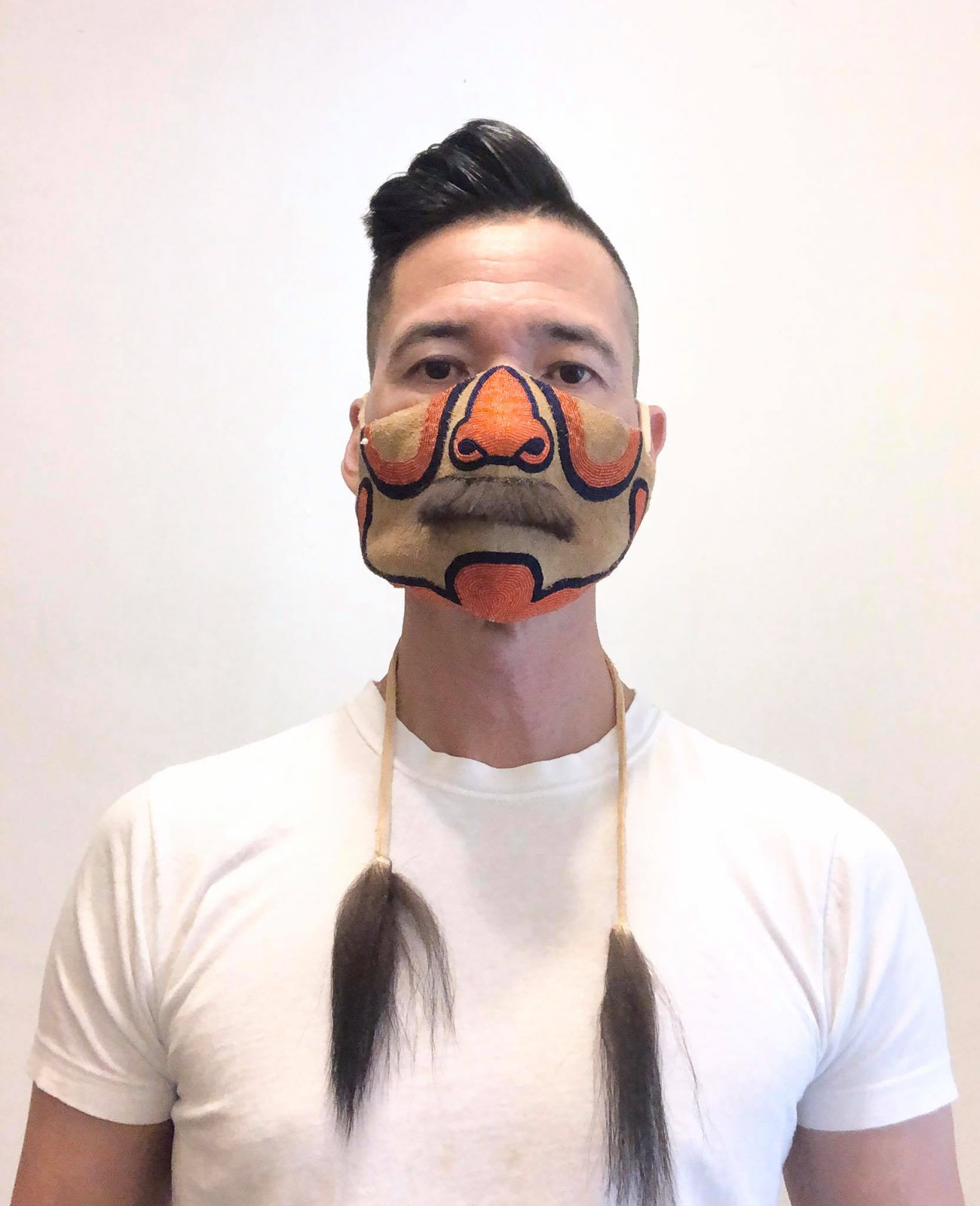
Photo courtesy of Matt Campos @SacredVillageArts.
Canadians are capturing pandemic life on film, too. In The Curve: Social Distancing Stories That Bring Us Closer Together, the National Film Board of Canada is showcasing three- to 15-minute Canadian-made movies. Among the films, which you can watch on the project website, are How to Be At Home, an animated poem by filmmaker Andrea Dorfman and poet Tanya Davis, and I Am Gay by Ajahnis Charley, who, after returning home during the pandemic, recorded his experience of coming out to his family.
In another film project, the Museum of Vancouver partnered with a Simon Fraser University filmmaking class as part of the museum’s #IsolatingTogetherMOV initiative. Students wrote and produced short films on themes of isolation and pandemic life.
In Departure, Ray Xu followed his mother, a doctor, as she prepared to work in Wuhan, when the city was at the pandemic’s epicentre, while Natalie Booth turned a conversation with her grandfather about his pandemic experience into the animated short It’ll All Be Over. According to Viviane Gosselin, the museum’s director of collections and curator of contemporary culture, the gallery plans to mount an exhibit that includes these films, which are currently on view on the museum’s YouTube channel.
Read more stories from the Arts.
